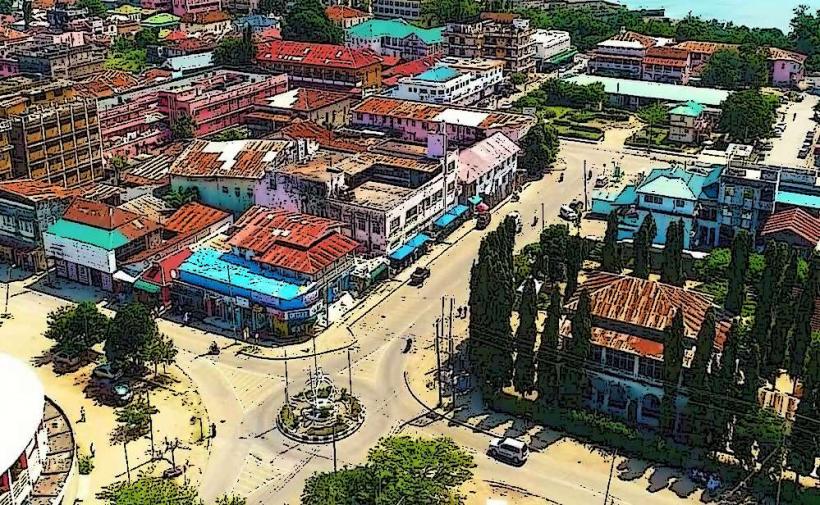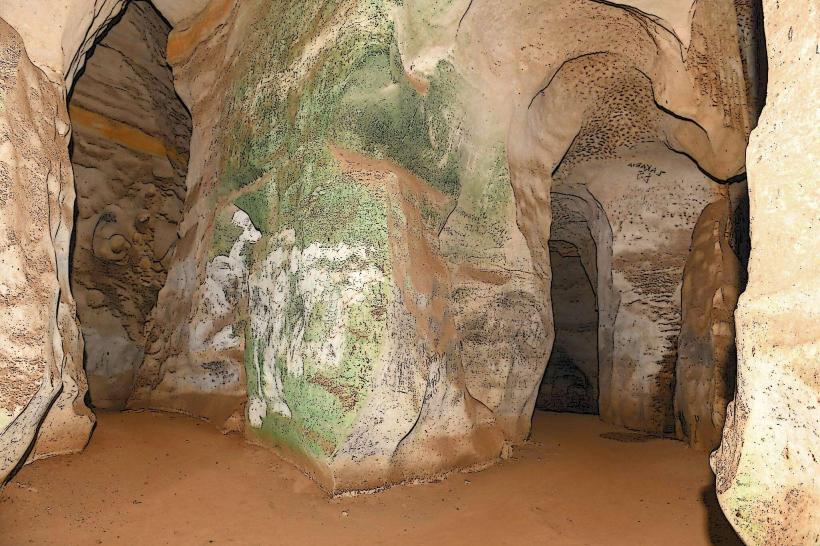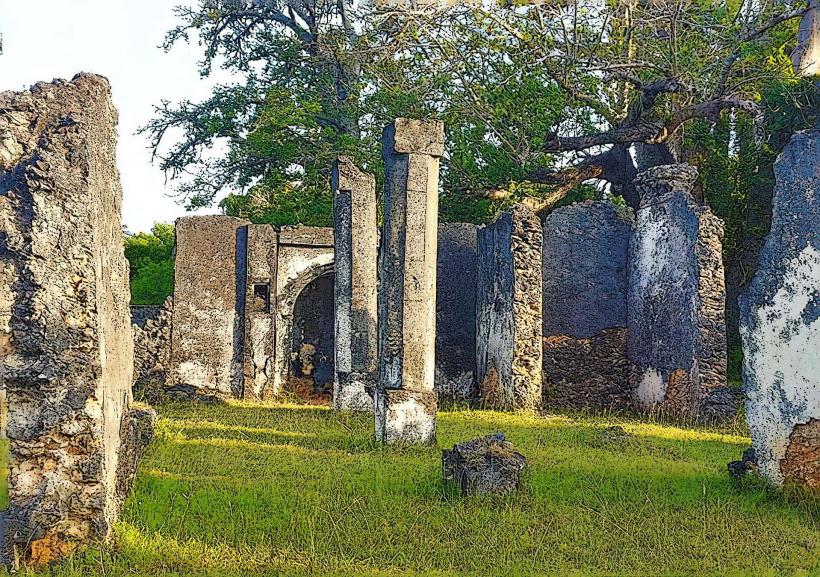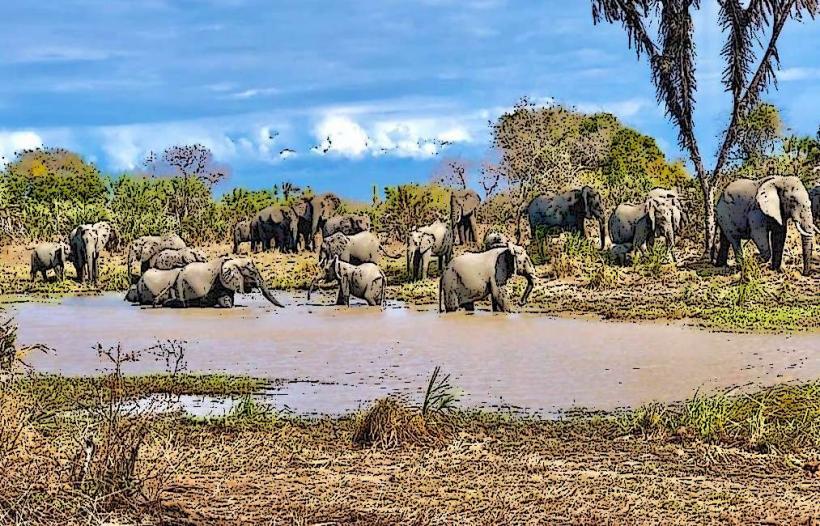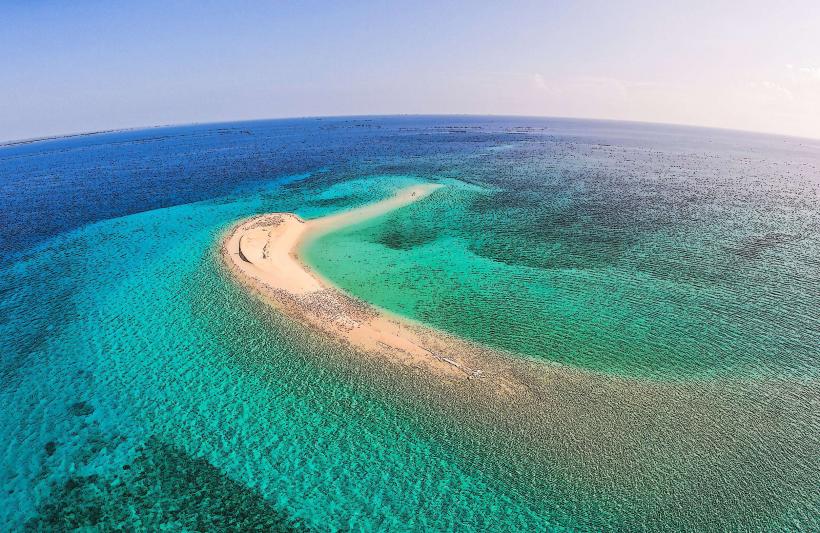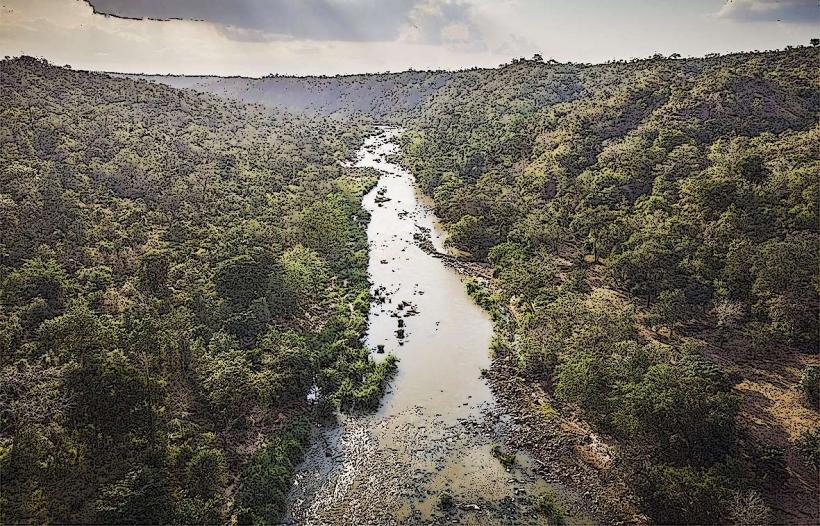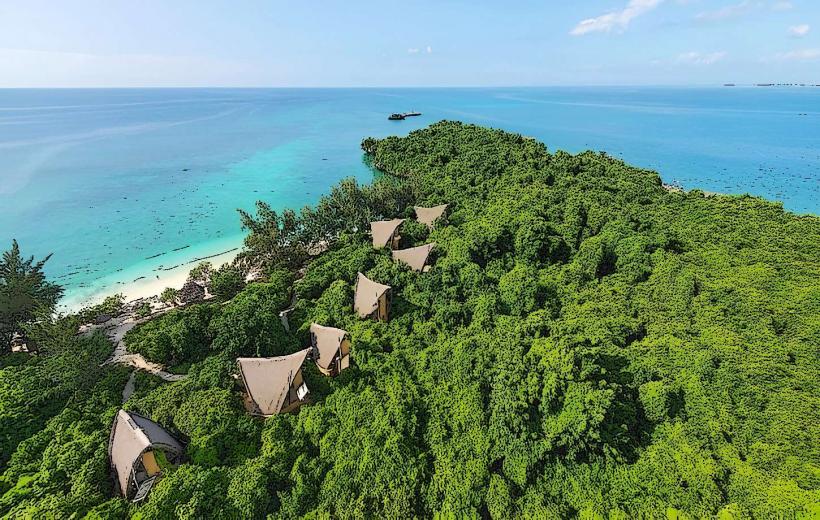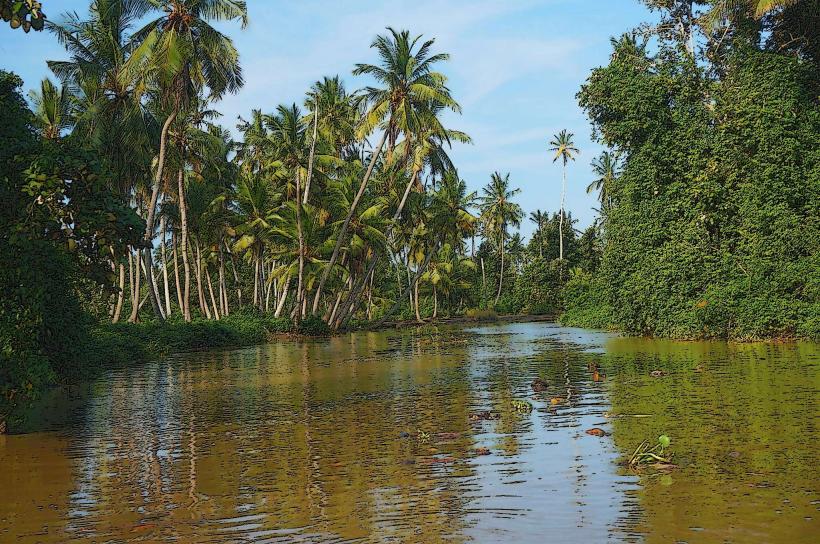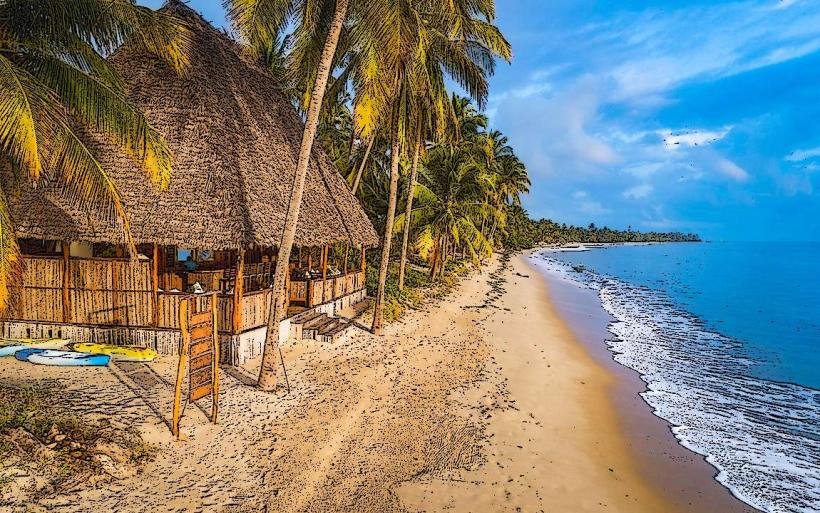Information
Landmark: Pangani CoastCity: Tanga
Country: Tanzania
Continent: Africa
The Pangani Coast refers to the coastline around the Pangani District in the Tanga Region of northeastern Tanzania, stretching along the Indian Ocean. It is known for its beautiful beaches, historical significance, and natural beauty. Here's an overview of what the Pangani Coast has to offer:
Geography and Natural Beauty
- Coastal Landscape: The Pangani Coast is characterized by pristine beaches, mangrove forests, and the lush environment around the Pangani River. The beaches along the coast are known for their white sandy shores and clear blue waters, making it an ideal destination for relaxation and water-based activities.
- Mangrove Ecosystems: The region has extensive mangrove forests, which are crucial for protecting the coastline from erosion and providing habitats for a variety of marine life, including fish, crustaceans, and birds.
- Tides and Coral Reefs: The coast is influenced by the tides of the Indian Ocean, and there are coral reefs nearby, making the area popular for snorkeling and diving.
Attractions and Activities on the Pangani Coast
Beaches:
- The beaches along the Pangani Coast are some of the most unspoiled in Tanzania. Visitors can enjoy the peaceful atmosphere and engage in various activities such as:
- Swimming
- Snorkeling
- Fishing
- Boating or Dhow rides
- Sunbathing and relaxation on the sand
Marine Life and Coral Reefs:
- The waters off the coast are home to a range of marine life, including tropical fish, sea turtles, and coral reefs. This makes the area ideal for snorkeling and scuba diving, as the reefs are relatively untouched and offer rich biodiversity.
Wildlife and Birdwatching:
- The mangrove forests and surrounding wetlands provide an excellent environment for birdwatching. The Pangani Coast is home to a variety of bird species, particularly waders, waterfowl, and migratory species.
Fishing:
- Fishing is a significant activity along the Pangani Coast. Visitors can take part in traditional fishing or arrange for deep-sea fishing trips to catch various fish species found in the Indian Ocean.
Pangani River Estuary:
- The Pangani River flows into the Indian Ocean near the town of Pangani. The estuary formed by the river creates a unique environment for both freshwater and marine species, and it's a great spot for birdwatching, boating, and exploring the local wildlife.
Historical Sites:
- The Pangani Coast is rich in history, and you can explore remnants of Swahili architecture, old forts, mosques, and other structures left from the period of Arab influence in the region.
- Some notable historical sites include the Pangani Fort and the old Swahili buildings along the coast. These historical ruins add to the charm of the area, offering visitors a glimpse into the past.
Usambara Mountains (Near Pangani):
- While not directly on the coast, the Usambara Mountains are nearby and offer a dramatic backdrop to the coastal region. The mountains are known for their rich biodiversity, rainforests, and opportunities for hiking and eco-tourism. The contrast between the mountains and the coastal plains creates a stunning landscape.
Cultural Aspects of the Pangani Coast
- Swahili Heritage: The coast has a deep Swahili heritage, with influences from Arab, Persian, and African cultures. This is reflected in the architecture, language, and traditions of the people living in the region.
- Fishing Villages: Along the coast, you will find small fishing villages where locals maintain traditional ways of life, relying on fishing and agriculture for their livelihoods. Visitors may be able to interact with local fishermen, learn about traditional fishing techniques, and sample fresh seafood.
Access and Transportation
- By Road: Pangani is accessible from Tanga via road. The journey from Tanga to Pangani takes about 1 to 1.5 hours by car. Visitors can take public buses or hire private transportation for more convenience.
- By Boat: The Pangani Coast is also accessible by boat, with options for travel along the coast to Tanga and other nearby towns or islands.
- Air Travel: The nearest airport to the Pangani Coast is in Tanga, where flights from Dar es Salaam or other major cities can be arranged. From Tanga, it's a short trip by road to the coast.
Best Time to Visit
The best time to visit the Pangani Coast is during the dry season, which runs from June to October. This is when the weather is pleasant and ideal for outdoor activities such as beach relaxation, snorkeling, and hiking. The long rains (from March to May) and short rains (from October to December) can bring some wet weather, making outdoor activities less predictable.
Conclusion
The Pangani Coast offers a mix of natural beauty, historical significance, and cultural experiences. Whether you're interested in relaxing on pristine beaches, exploring marine ecosystems, or learning about the Swahili culture and history, the region has much to offer. The coast remains relatively unspoiled compared to other Tanzanian beach destinations, making it a perfect choice for travelers looking for a more peaceful and authentic experience.

